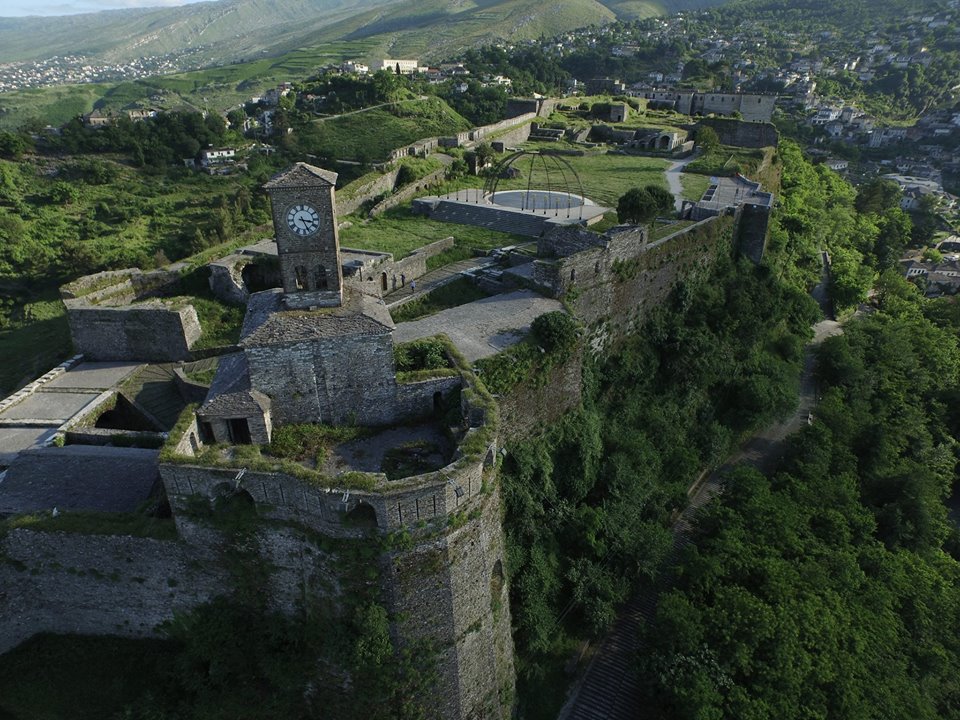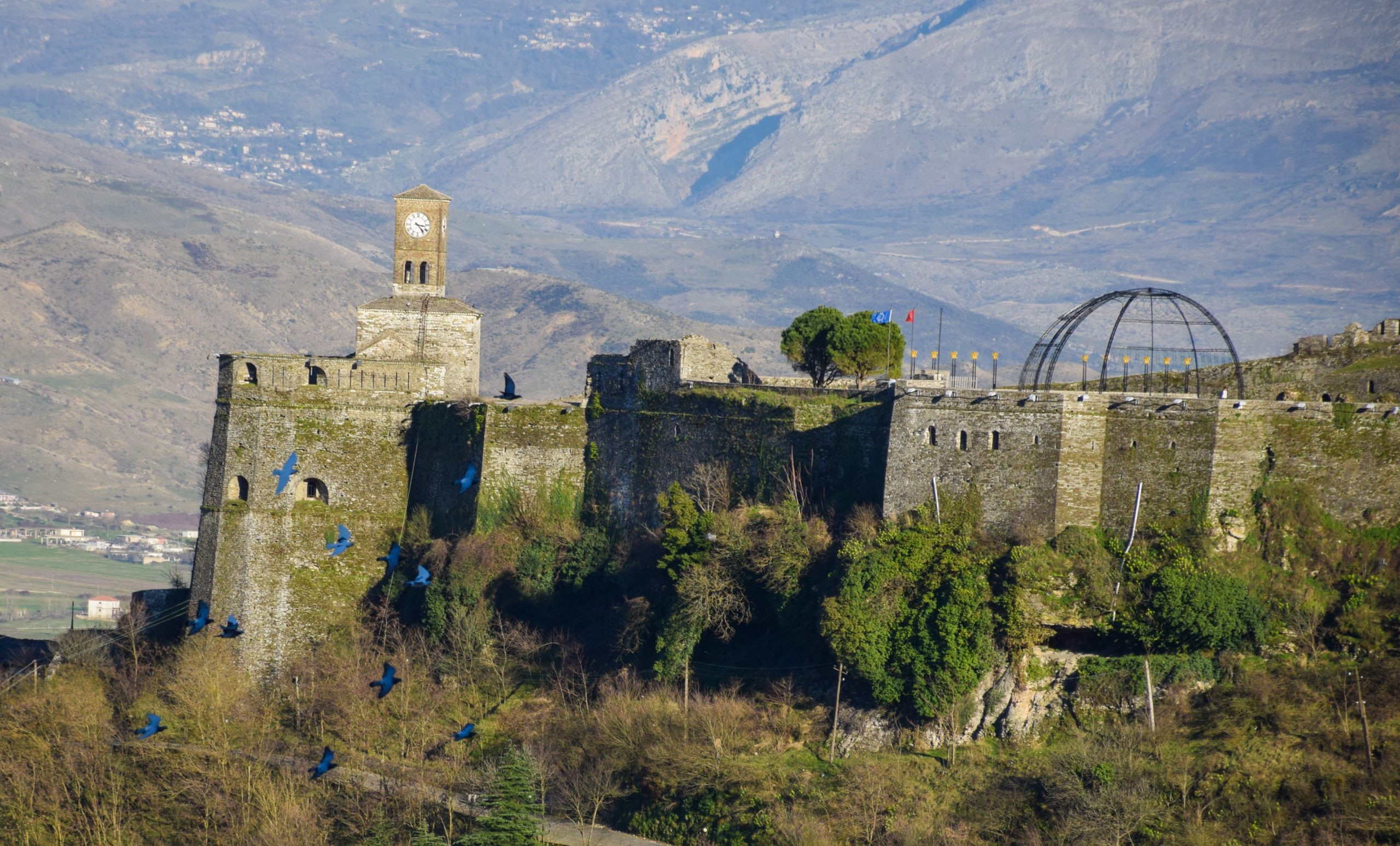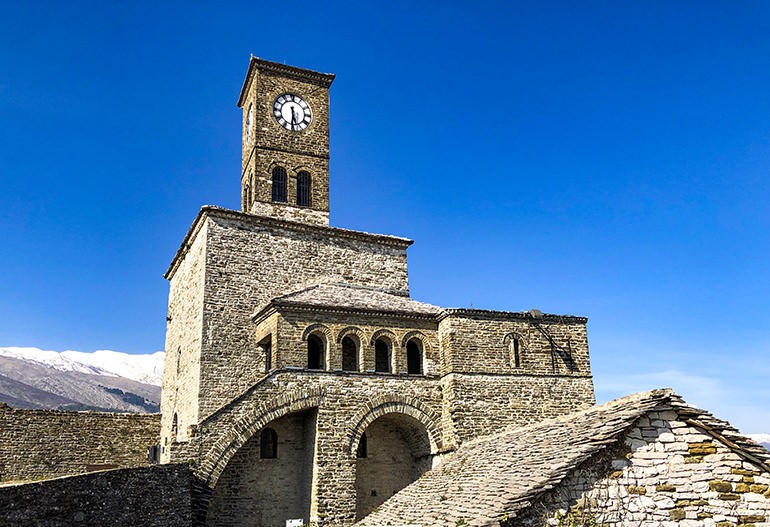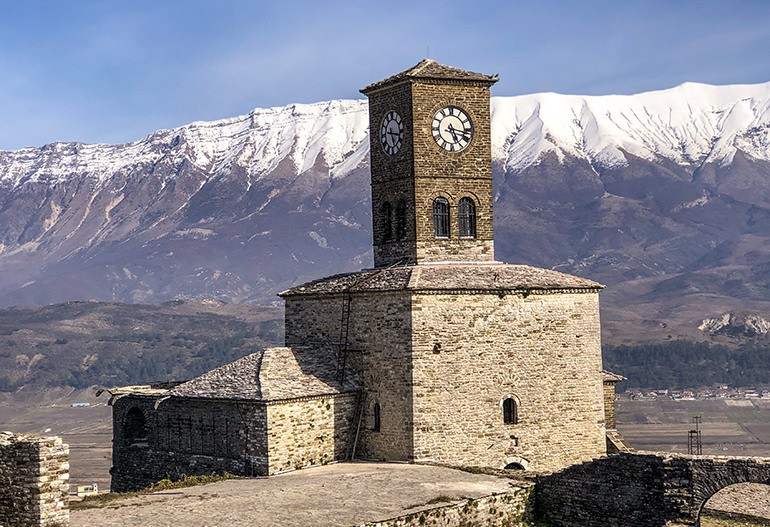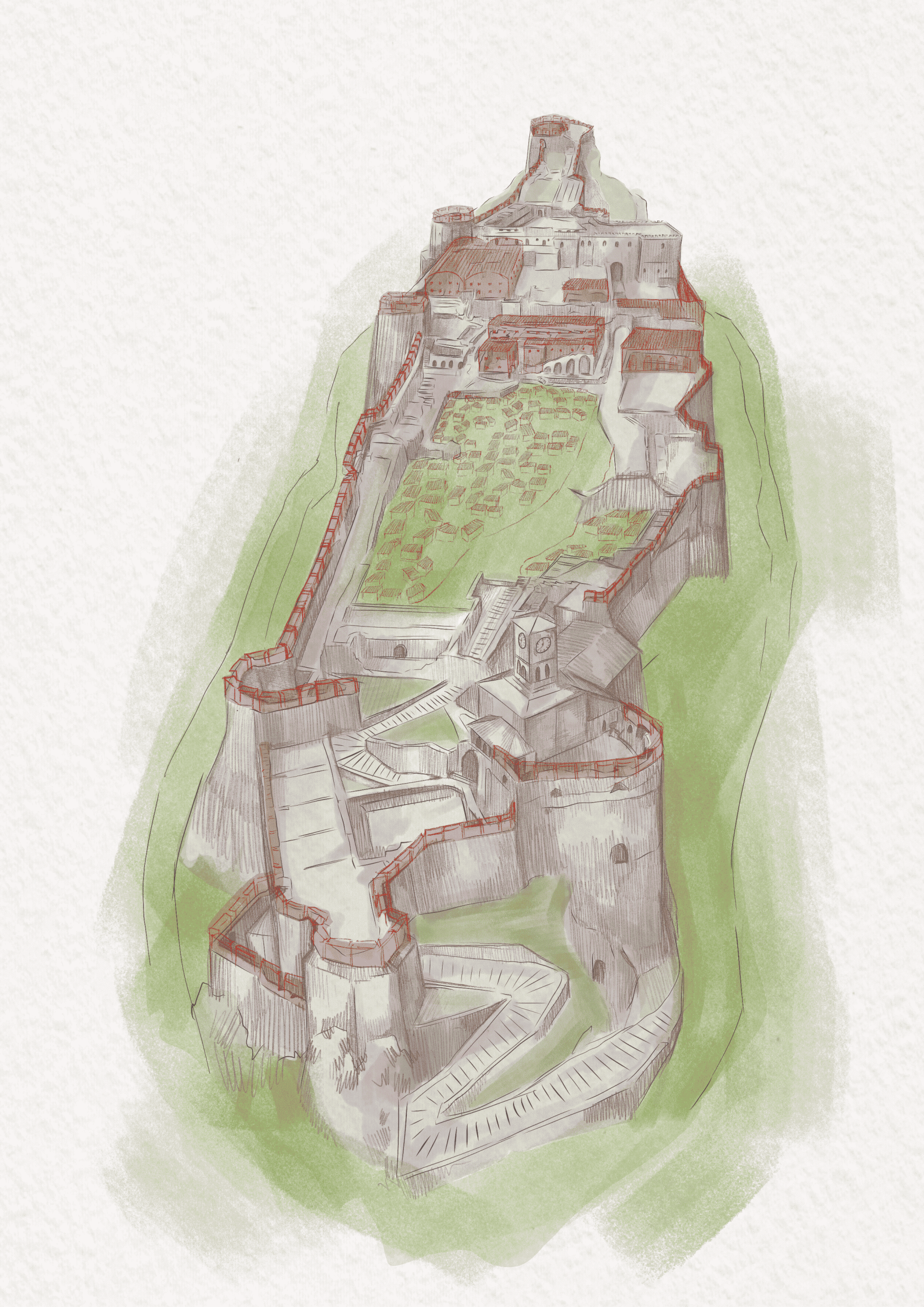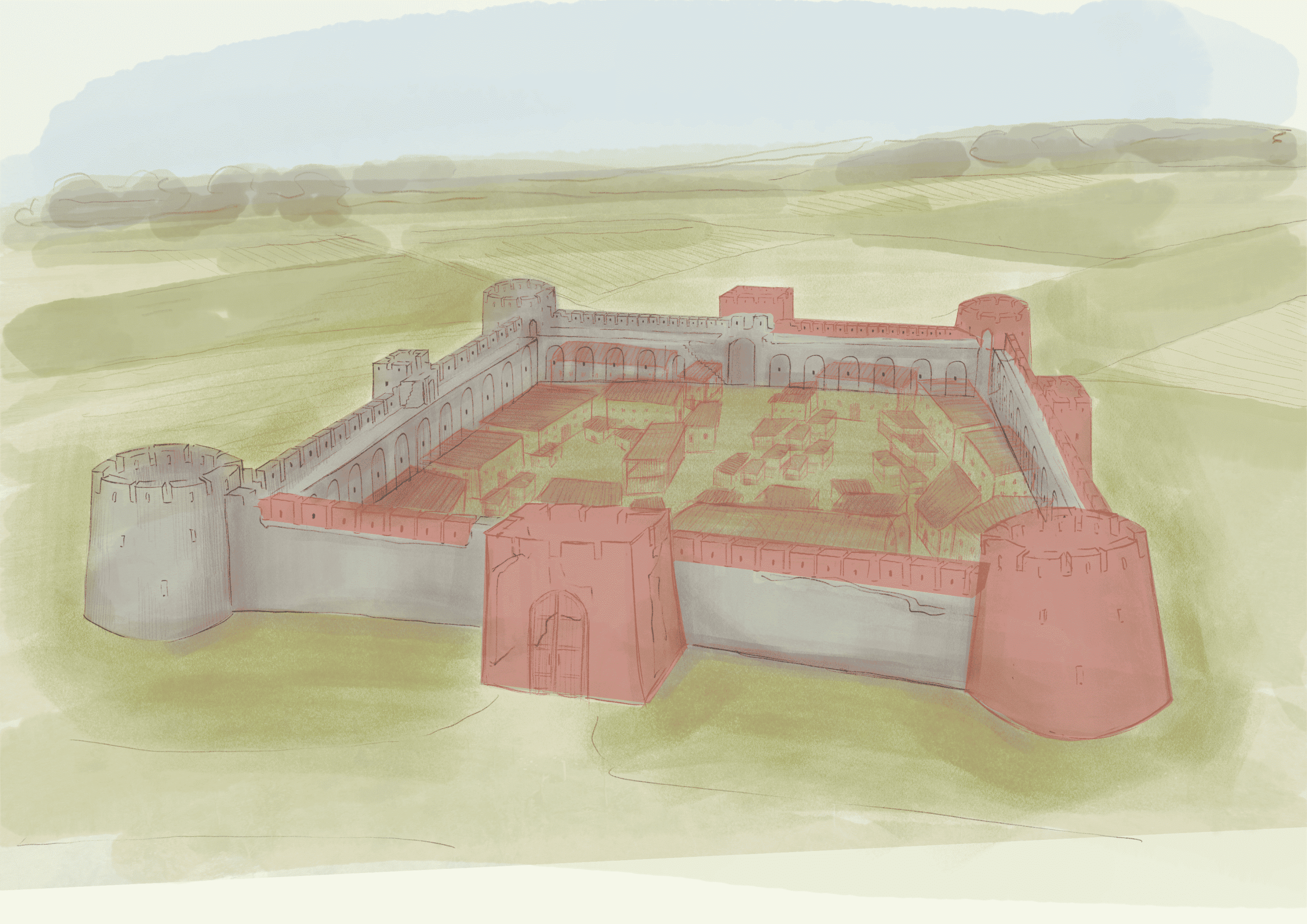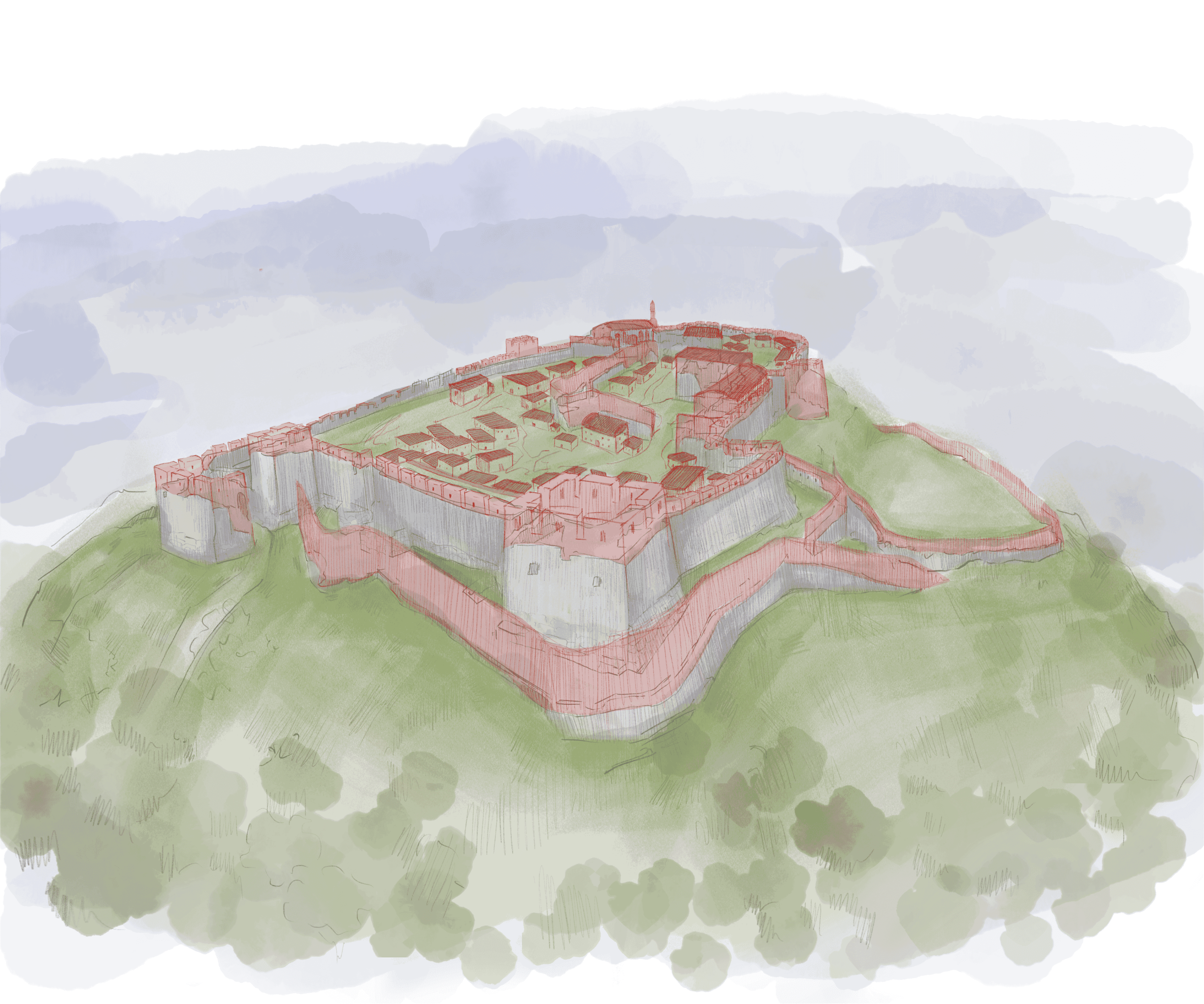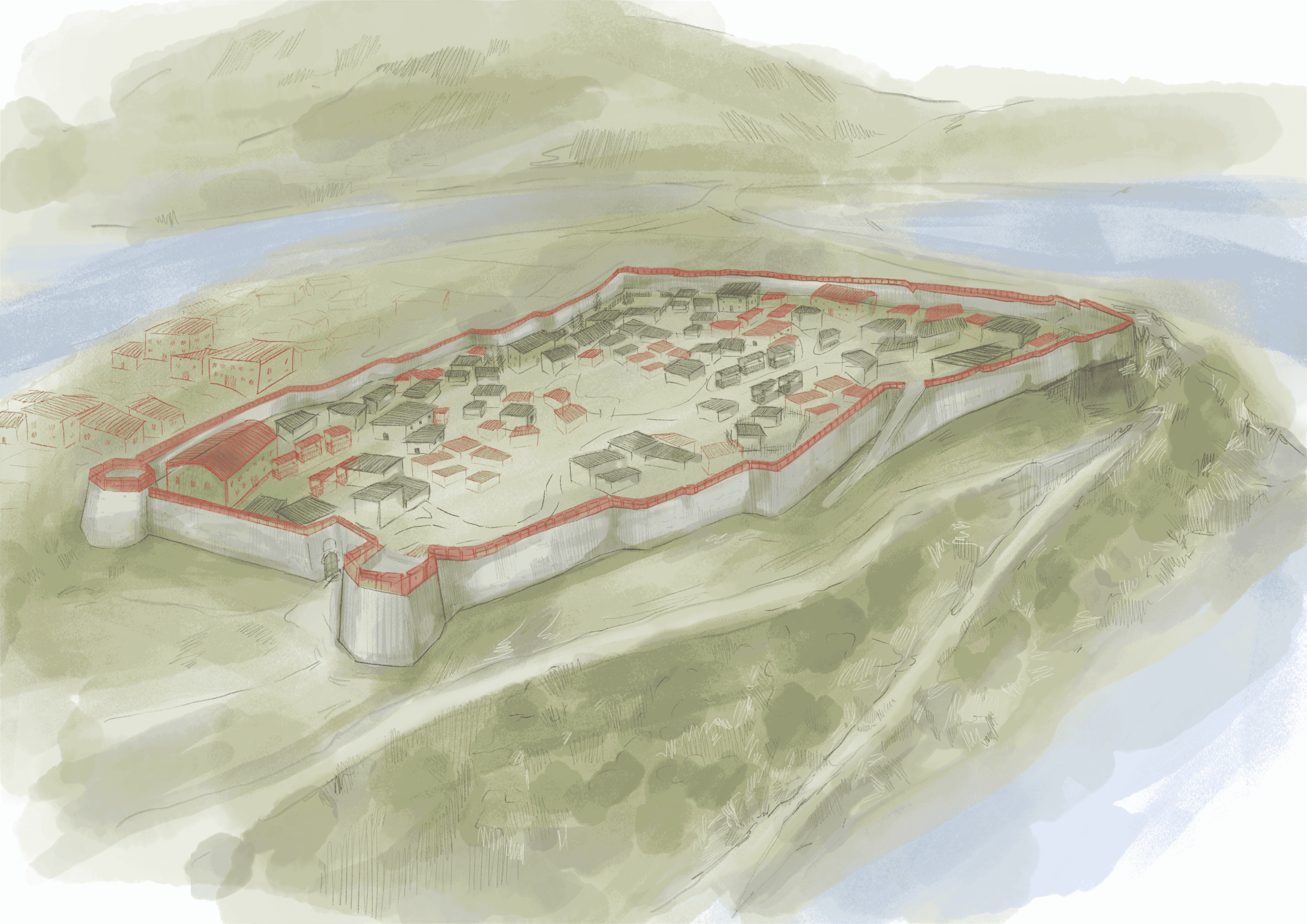🏰 Explore This Castle
📖 The book will appear here when iframe code is loaded
Castle Details
The Gjirokastra Castle is located on Zejtarët Street, on a hill at an altitude of 335 meters. The castle is called Argjiro, in honor of the legend according to which Princess Argjiro threw herself from the heights of the castle to avoid falling into the hands of the invader. The castle is a history connected to the city of Gjirokastra and is first mentioned as a city and castle in the year 1336. However, different historians believe that the existence of the Stone Castle is older. The peak of its history was during the period of the Pashalik of Janina, when Ali Pasha Tepelena carried out a series of new constructions and other interventions, giving the Gjirokastra Castle the architectural and construction appearance it has today. During these years, it was the center of the Albanian feudal Zenevisë. Later, during the rule of Gjin Bue Shpata, it became part of the Despotate of Epirus. Still, various historians believe the existence of the Stone Castle is older. The castle had two phases of construction, related to the periods before and after the Pashalik of Janina and the fortresses of Ali Pasha Tepelena. From the medieval castle, the one before the Ottoman-Albanian conquest of Ali Pasha, only a few traces remain as the walls have been covered up to height by new constructions. Meanwhile, the towers have been partially destroyed and adapted. According to the Turkish chronicler Çelebi, who visited the city in 1672: "The castle was built in ancient times. In the middle of the castle was a wide road running east-west, on both sides of which were 200 houses. It had two iron gates with three pairs of doors each and a moat 100 steps long and 200 steps wide between the mosque and the fortress. The other three sides did not need a moat because they are natural streams." In 1472, the castle was conquered by the Turks after a long siege. Over the years, it gradually began to play the role of a fortress for the residence of the ruler and the city's garrison. In 1812, Gjirokastra Castle was conquered by Ali Pasha Tepelena, who began its reconstruction. The reconstruction of the castle, a palace, and several annex buildings was done with such urgency that all the work was completed within a year and a half. The castle contained, besides barracks for housing a garrison of 5,000 soldiers, numerous underground warehouses that were well planned for securing ammunition and necessary food supplies. Chronicles of the time mention that only for the construction of Ali Pasha’s residence, a tower near the southeastern corner, 1,500 workers labored. With the fall of the Pashalik of Janina, the castle lost its splendor. During the First and Second World Wars, it served as a shelter for the city's residents to protect themselves from air bombings. Starting from 1968, the stone stage of Gjirokastra Castle generously welcomes instrumentalists, singers, and folk dancers within the framework of the National Folklore Festival of Gjirokastra. At the same time, during these years, the castle’s premises have also served for organizing concerts, shows, and various cultural fairs. The Stone Castle is also one of the most attractive points in the guides of domestic and foreign tourist groups visiting Gjirokastra, protected by UNESCO.
Learn About This Castle
👑 Who?
The castle is connected to Princess Argjiro, after whom it is named according to legend. It was developed and reconstructed notably by Ali Pasha Tepelena during the Pashalik of Janina period. It was ruled by feudal lords such as the Albanian feudal Zenevisë and Gjin Bue Shpata of the Despotate of Epirus.
👑
🏰 What?
Gjirokastra Castle is a historic fortress with two main construction phases—before and after the Pashalik of Janina. It includes barracks housing a garrison of 5,000 soldiers, underground warehouses, a palace, and annex buildings. Today, it serves as a cultural venue for the National Folklore Festival and other events, and is a UNESCO-protected tourist attraction.
🏰
❓ Why?
The castle was built and developed for military defense, residence of rulers, and to control the city. It has remained a symbol of cultural heritage, hosting festivals and attracting tourists, preserving the history and traditions of Gjirokastra.
❓
🗺️ Where?
The Gjirokastra Castle is located on Zejtarët Street, on a hill at an altitude of 335 meters in the city of Gjirokastra, Albania.
🗺️
📅 When?
The castle is first mentioned in 1336, with origins believed to be older. It was conquered by the Turks in 1472 and reconstructed by Ali Pasha Tepelena in 1812. It was used as a shelter during both World Wars and has hosted cultural events since 1968.
📅
Castle Gallery
